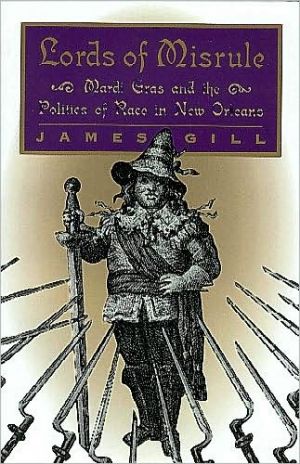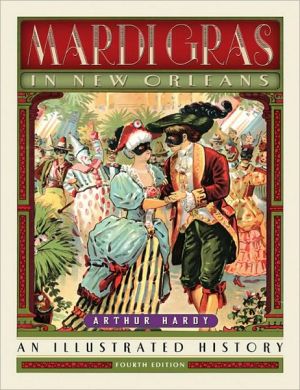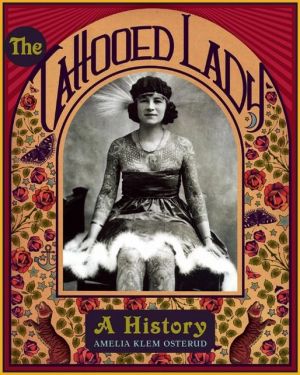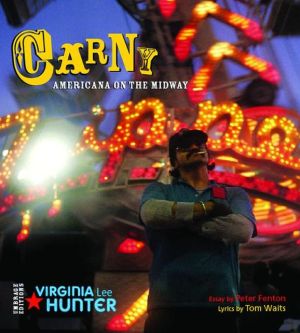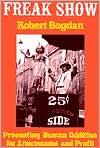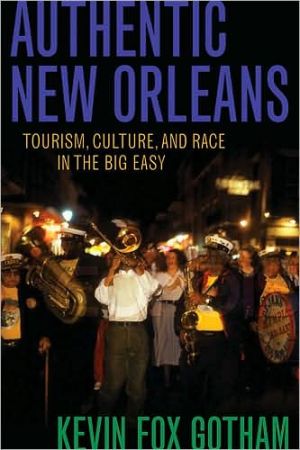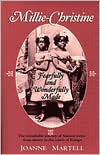Lords Of Misrule
Mardi Gras remains one of the most distinctive features of New Orleans. Although the city has celebrated Carnival since its days as a French and Spanish colonial outpost, the rituals familiar today were largely established in the Civil War era by a white male elite. In fact, the men behind the masks on the parade floats and at the Mardi Gras balls have kept the spirit of the Confederacy alive. They have put artistry and erudition into their Carnival displays while harboring a virulent racism...
Search in google:
The often-bloody history of Mardi Gras and the uproar over the government's enforcement of diversity in Carnival krewes Kirkus Reviews Less a history of Mardi Gras than a view of New Orleans through the lens of that all-consuming celebration of social hierarchy that shows how intertwined are carnival's charms with the misdeeds of the ruling class that invented it."New Orleans's pride is that it is unlike any other American city, which is also its undoing," writes Gill, a columnist for the New Orleans Times-Picayune. The evolution of America's most promising and industrious antebellum port into a seedy, second-rate city notable primarily for the flamboyant means by which it has flouted conventional morality (through legal prostitution, corrupt and defiant governments, and a closed social order that holds racial and ethnic exclusion more dear than economic prosperity) presents a decadent legacy rivaling the drunken riot of Mardi Gras itself. Though he frames the book with firsthand reporting of Councilwoman Dorothy Mae Taylor's 1991 attempt to adopt an ordinance mandating the integration of the private clubs that stage carnival parades, Gill devotes three-quarters of his text to exploring how members of the secretive old-line krewes, formed in the years surrounding the Civil War, directed that evolution. In the process, he sketches the intricate schematics underlying what he aptly dubs "the annual reaffirmation of social eminence over merit." What looks to outsiders like a chaotic street party is in fact a highly orchestrated social dance allowing the upper crust to establish their pecking order in public (albeit at masked balls hosted by secret societies) while spreading a little pre-Lenten cheer to the common folk. Relying mostly on old newspaper accounts, Gill forges a double-edged portrayal of Mardi Gras that, on one hand, captures the drama and romance of carnivals past and, on the other, unflinchingly details the bitter racial division it still fosters. Scrupulously evenhanded—a lively, irony-loving illumination of the politics and history of America's rowdiest street celebration.
Ch. 1The Old South on Parade3Ch. 2The Rise and Fall of French Carnival27Ch. 3Comus Dons Confederate Gray59Ch. 4The Krewes and the Klan77Ch. 5The Battle of Liberty Place109Ch. 6Confederate Krewemen Rise Again123Ch. 7"Who Killa da Chief?"145Ch. 8Honoring the White League Martyrs155Ch. 9Comus and the Kingfish175Ch. 10Krewes Come Marching Home Again193Ch. 11Miserable Krewes221Ch. 12Guess Who's Coming to Rex247Ch. 13The Second Battle of Liberty Place259Ch. 14The Biter Bit279Bibliographic Notes283Index291
\ Kirkus ReviewsLess a history of Mardi Gras than a view of New Orleans through the lens of that all-consuming celebration of social hierarchy that shows how intertwined are carnival's charms with the misdeeds of the ruling class that invented it.\ "New Orleans's pride is that it is unlike any other American city, which is also its undoing," writes Gill, a columnist for the New Orleans Times-Picayune. The evolution of America's most promising and industrious antebellum port into a seedy, second-rate city notable primarily for the flamboyant means by which it has flouted conventional morality (through legal prostitution, corrupt and defiant governments, and a closed social order that holds racial and ethnic exclusion more dear than economic prosperity) presents a decadent legacy rivaling the drunken riot of Mardi Gras itself. Though he frames the book with firsthand reporting of Councilwoman Dorothy Mae Taylor's 1991 attempt to adopt an ordinance mandating the integration of the private clubs that stage carnival parades, Gill devotes three-quarters of his text to exploring how members of the secretive old-line krewes, formed in the years surrounding the Civil War, directed that evolution. In the process, he sketches the intricate schematics underlying what he aptly dubs "the annual reaffirmation of social eminence over merit." What looks to outsiders like a chaotic street party is in fact a highly orchestrated social dance allowing the upper crust to establish their pecking order in public (albeit at masked balls hosted by secret societies) while spreading a little pre-Lenten cheer to the common folk. Relying mostly on old newspaper accounts, Gill forges a double-edged portrayal of Mardi Gras that, on one hand, captures the drama and romance of carnivals past and, on the other, unflinchingly details the bitter racial division it still fosters.\ Scrupulously evenhanded—a lively, irony-loving illumination of the politics and history of America's rowdiest street celebration.\ \ \
